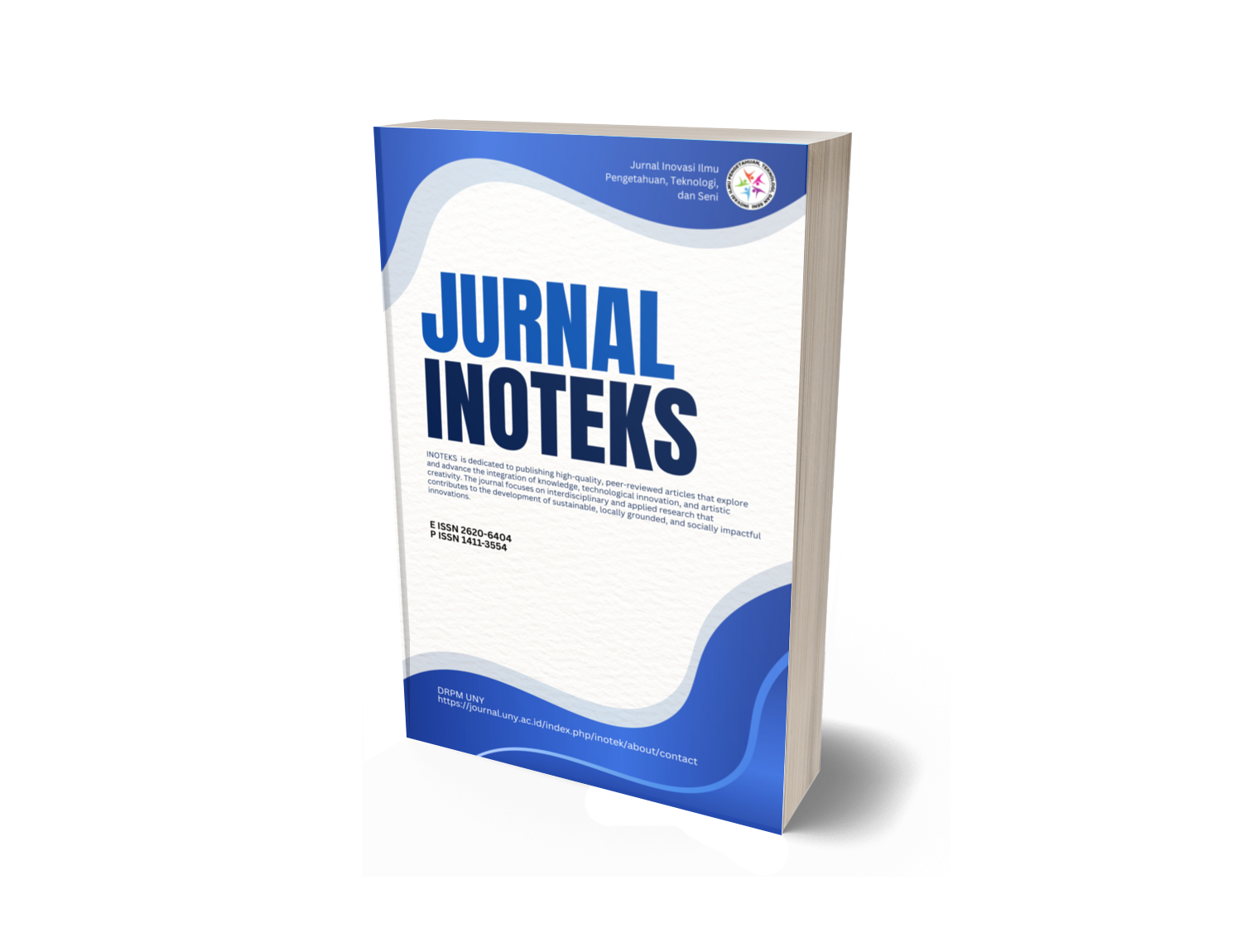PEMBUATAN MESIN PERAJANG KETELA SERBA GUNA UNTUK INDUSTRI PATILO DAN CERIPING KETELA SKALA KECIL
DOI:
https://doi.org/10.21831/ino.v9i1.5241Abstract
A group called SARILA in Kauman, Dadapayu, Semanu, Gunung kidul, had a problem of low production quality and capacity in their busi ness of making patilo and fried cassava chips because the work of cutting and scraping the basic material for their products, cassava, was done manu ally by using simple tools that caused the cassava to break when cut so that the resulting chips were also in broken conditions and the manual work caused the workers to quickly become exhausted. Therefore, the main objec tive of one voucher program was to enable the workers to do their work me chanically instead of manually.It had to be able to design and produce an easily-operated cassava processing machine with a frame strong enough to withstand vibrations and do two kinds of work, cutting and scraping cassava, easily, accurately, and simultaneously. An ergonomic table also had to be developed to ensure long-lasting use of the machine in the cassava processing. The machine at last successfully produced is 90 em in length, 60 em in width, and 90 em in height, designed high enough to enable the operator to do the work easily in a standing-up position. Stainless steel plate material is applied on all parts having direct contact with the cassava processing. The frame of the machine is made of 5-cm rectangular steel profiles to ensure its being strong enough to withstand operation. An electrical motor with a power of Y2 HP and pul ley-and-belt transmission aids the operation. Such transmission enables the cutting and scraping parts to operate simultaneously at different speeds. The position of the cutting tool can be adjusted for desired thickness. Except the frame, all parts of the machine are designed according to a knock-down sys tem for easy replacement of broken parts.The result of a performance test on the machine has shown that itcan be operated easily without the operator becoming quickly exhausted. Compared to what is produced in the old ways, the product looks better; it is smoother, and there is less cassava fibers. The product capacity of the ma chine is about 50 kg every 50 minutes from its cutting process and 50 kg every 75 minutes from its scraping process. During operation, there is no vibration on its frame. It shows that the construction design is strong enough to withstand the vibration of the motor rotation and cassava processing.
Keywords: cassava, multipurpose machine, cutting and scraping
Keywords: cassava, multipurpose machine, cutting and scraping
Downloads
Published
2005-01-01
How to Cite
Karyono, S., & Wagiran, W. (2005). PEMBUATAN MESIN PERAJANG KETELA SERBA GUNA UNTUK INDUSTRI PATILO DAN CERIPING KETELA SKALA KECIL. INOTEKS: Jurnal Inovasi Ilmu Pengetahuan,Teknologi, Dan Seni, 9(1). https://doi.org/10.21831/ino.v9i1.5241
Issue
Section
Articles
Citation Check
License
- Authors certify that the work reported here has not been published before and contains no materials the publication of which would violate any copyright or other personal or proprietary right of any person or entity.
- Authors transfer or license the copyright of publishing to Jurnal Civics: Media Kajian Kewarganegaraan to publish the article in any media format, to share, to disseminate, to index, and to maximize the impact of the article in any databases.
- Authors hereby agree to transfer a copyright for publishing to Jurnal Civics: Media Kajian Kewarganegaraanas a Publisher of the manuscript.
- Authors reserve the following:
- all proprietary rights other than copyright such as patent rights;
- the right to use all or part of this article in future works of our own such as in books and lectures;
- use for presentation in a meeting or conference and distributing copies to attendees;
- use for internal training by author's company;
- distribution to colleagues for their research use;
- use in a subsequent compilation of the author's works;
- inclusion in a thesis or dissertation;
- reuse of portions or extracts from the article in other works (with full acknowledgement of final article);
- preparation of derivative works (other than commercial purposes) (with full acknowledgement of final article); and
- voluntary posting on open web sites operated by author or author's institution for scholarly purposes, but it should follow the open access license of Creative Common CC BY-NC-SA License.









